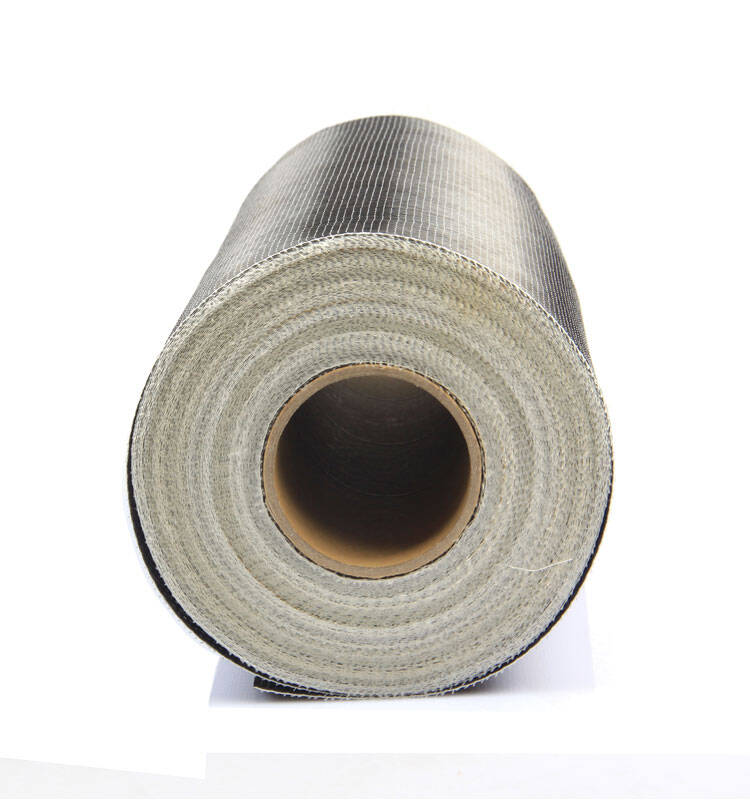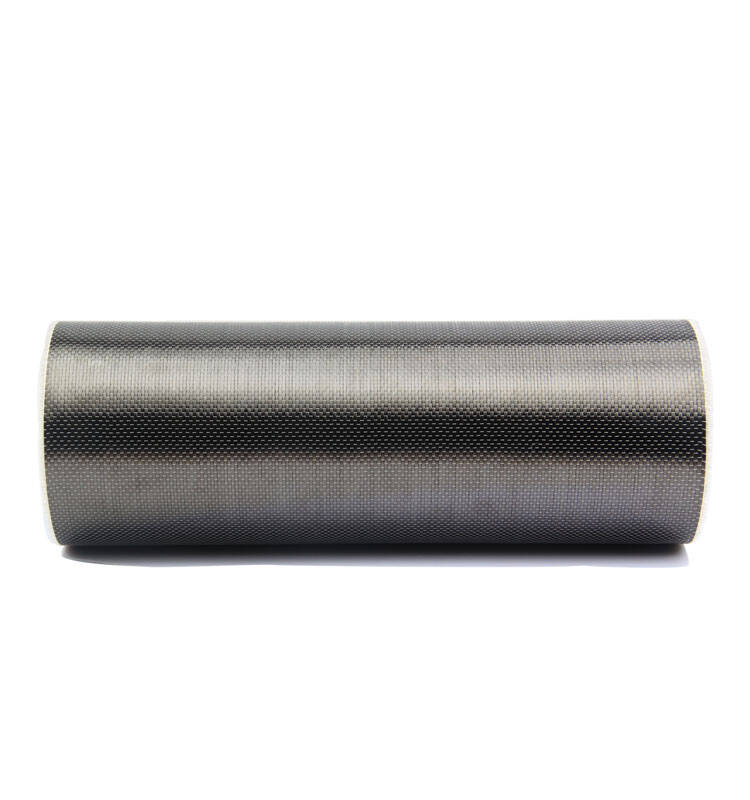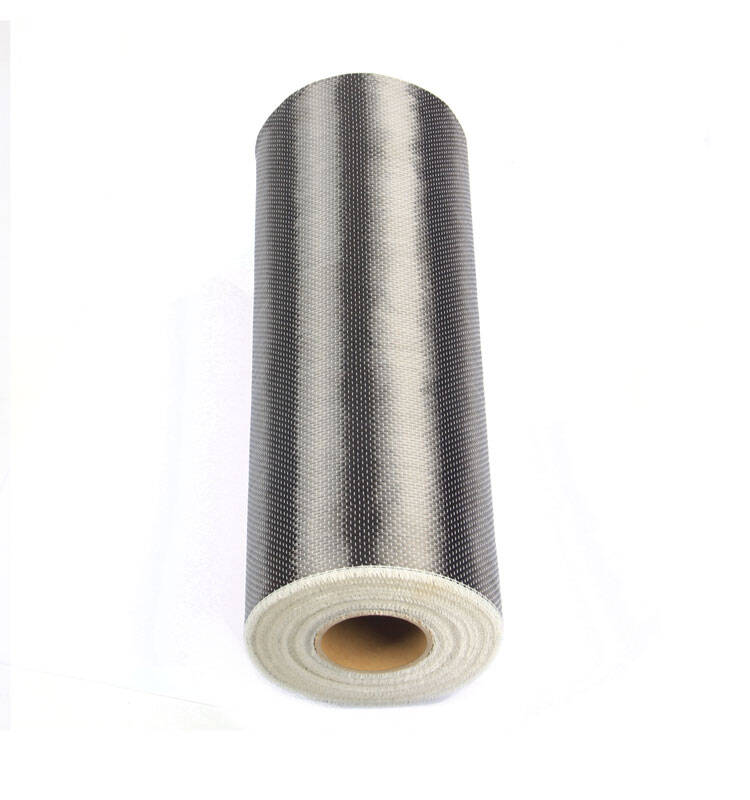Solutions
Horse Construction offers full range of structural strengthening materials with technical supports, documentation supports, products supports, project supports.
Concise Q&A guide on carbon fiber fabric for concrete repair & structural strengthening.
Construction Preparation and Process
Q: What treatments are needed for the concrete surface before construction?
· Remove surface oil, loose concrete, and protrusions; use epoxy resin to repair cracks (width > 0.2mm requires pre-grouting).
· Round off corners with a radius ≥20mm to ensure even adhesive distribution.
Q: What are the key steps for pasting carbon fiber fabric?
· Apply base adhesive evenly and wait until it is dry to the touch (about 1-2 hours) before pasting.
· Use a roller to press out bubbles while pasting; ensure fiber direction overlap ≥200mm, and stagger layers by at least 50mm. Avoid bending the fabric at corners.

Material Selection and Properties
Q: How to choose the right type of carbon fiber fabric?
· For tensile/shear reinforcement : Select high-strength Grade I (tensile strength ≥3400MPa, e.g., 300g/m²).
· For durability reinforcement (e.g., coastal/chemical environments): Choose alkali-resistant type with ZrO₂ additives.
Q: What are the precautions for using adhesive?
· Use epoxy resin; heat it to 40℃ in low temperatures (<5℃) to improve flowability.
· Mix base adhesive and impregnating resin strictly according to the manufacturer’s ratio.

Common Problems and Solutions
Q: How to handle air bubbles after pasting?
· If a single bubble area >10,000mm², drill holes and inject adhesive to repair; if >30mm², cut and re-paste the section to ensure effective bonding area ≥95%.
Q: How to prevent carbon fiber fabric from lifting?
· Let the pasted fabric sit undisturbed for 24 hours; use clamps if necessary. Reinforce corner areas with extra adhesive to prevent lifting.
Safety and Standards
Q: What safety risks should be noted during construction?
· Carbon fiber is conductive: keep away from electrical sources, and wear insulated gloves.
· Store adhesive in a sealed, fireproof location, and ensure good ventilation in the work area.

Comparison with Traditional Methods
Q: What are the advantages of carbon fiber fabric compared to steel plate reinforcement?
· Lightweight: Does not increase structural load, suitable for space-constrained scenarios (e.g., bridges, historic buildings).
· Fast construction: No heavy equipment needed; cures at room temperature within 24 hours, reducing project duration by over 50%.
· Corrosion-resistant: Resists acid, alkali, and salt spray, ideal for marine or industrial environments. Maintenance costs are lower than steel.
You can find anything here you are in need of, have a trust trying on these products, you will find the big difference after that.